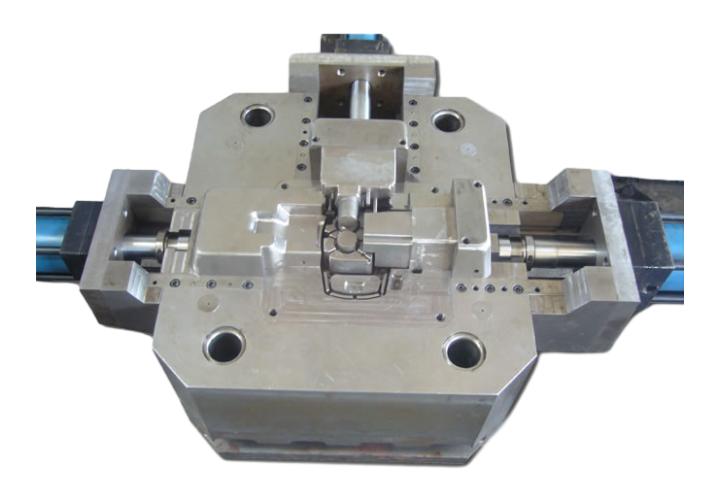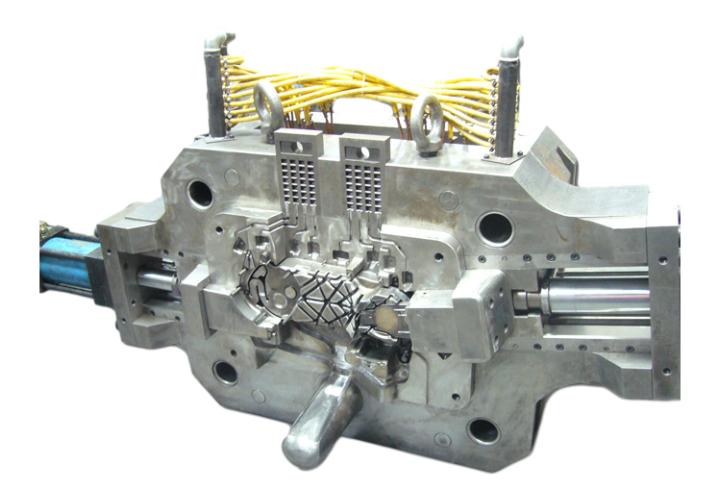22
2025
-
04
Surface treatment process of aluminum die casting mold
Author:
Aluminum die casting mold faces harsh working conditions such as high temperature, high pressure, and high-speed metal liquid erosion during die casting production. Surface treatment process is crucial to improving mold performance and extending service life.
Nitriding treatment is a commonly used surface treatment process. By forming a nitride layer with high hardness and good wear resistance on the mold surface, it can effectively resist the erosion and corrosion of aluminum liquid. Nitriding treatment can increase the hardness of the mold surface, while also improving the mold demoulding performance and reducing the adhesion between aluminum parts and molds.

Chemical nickel plating is also a feasible method. The chemical nickel plating layer has good uniformity and can form a continuous protective film on the surface of complex-shaped molds. This nickel plating layer has good corrosion resistance and wear resistance, which can reduce the erosion of aluminum liquid on the mold to a certain extent, and can fill some minor defects on the mold surface to improve the surface quality of the mold.
Physical vapor deposition technology is also used in the surface treatment of aluminum die casting mold. For example, a layer of TiN (titanium nitride) coating can be deposited on the mold surface by PVD method. TiN coating has the characteristics of high hardness and low friction coefficient, which can greatly improve the wear resistance and demolding of the mold. In the die-casting process, the low friction coefficient helps the aluminum parts to be demolded smoothly and reduces mold wear.
Micro-arc oxidation treatment also has unique advantages. It can grow a ceramic film layer in situ on the mold surface. This film layer has high hardness, good high temperature resistance and insulation. In the high-temperature aluminum die-casting environment, the micro-arc oxidation film layer can effectively prevent the direct contact between the aluminum liquid and the mold, reduce chemical corrosion, and withstand the high temperature impact during the die-casting process.
best Aluminum die casting mold
22
2025-04
Surface treatment process of aluminum die casting mold
19
2025-04
Maintenance and care tips for steel mold for aluminum casting
16
2025-04
How to optimize the structure of steel mold for aluminum casting
11
2025-04
Innovative methods to improve zinc die casting efficiency
08
2025-04
Safety precautions in zinc die casting production
05
2025-04
Forging Mold: A sharp tool for shaping metal
01
2025-04
Forging Mold: Key Tool for Metal Forming
GM Diecasting Technology Co.,Limited.
Add:Building 1-5, Chongke Road, Shipai Town, Dongguan City, Guangdong Province
Email:henry@gmdiecastingtech.com
Email:lily@gmdiecastingtech.com
Tel:+8613680864695






